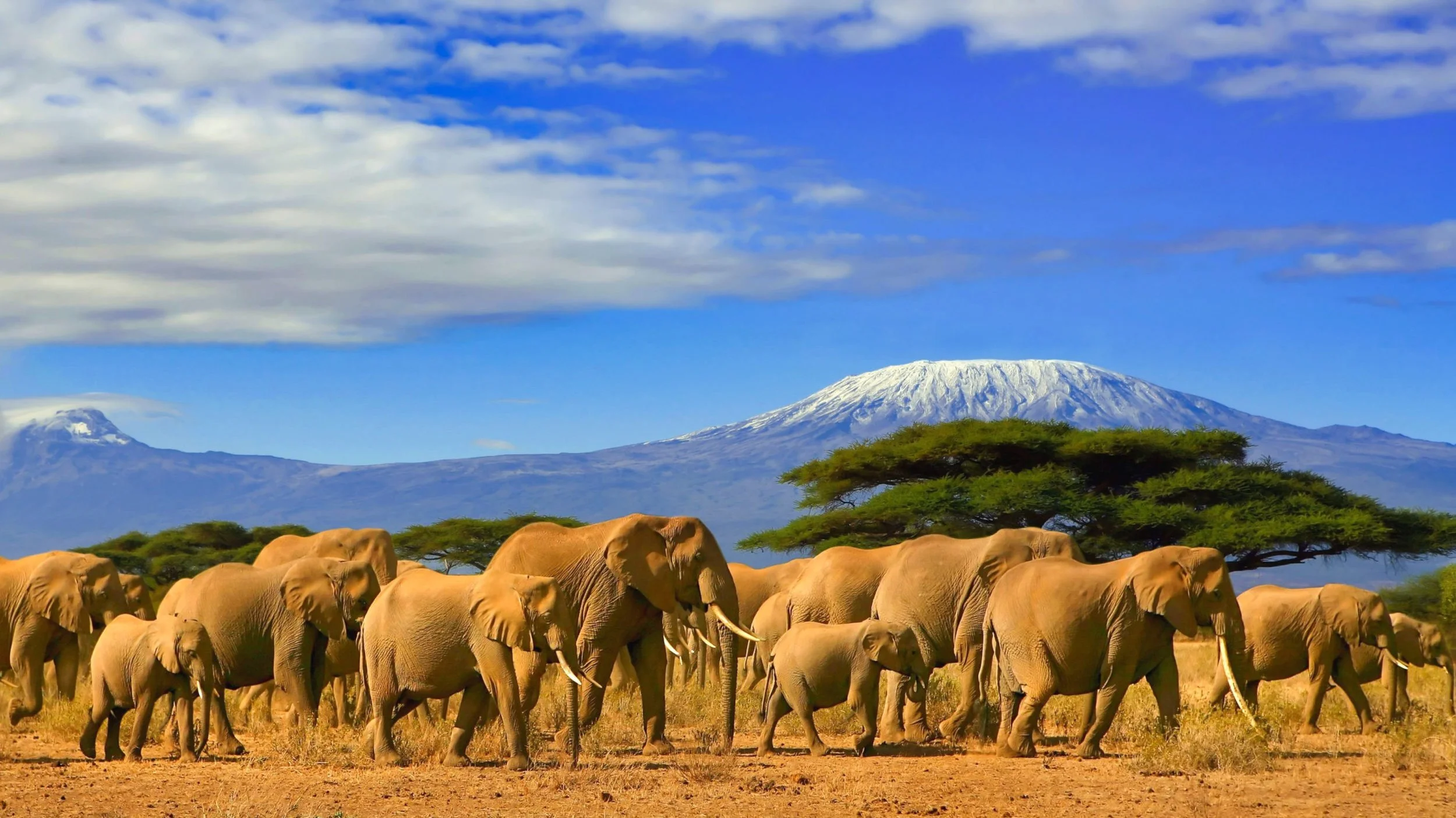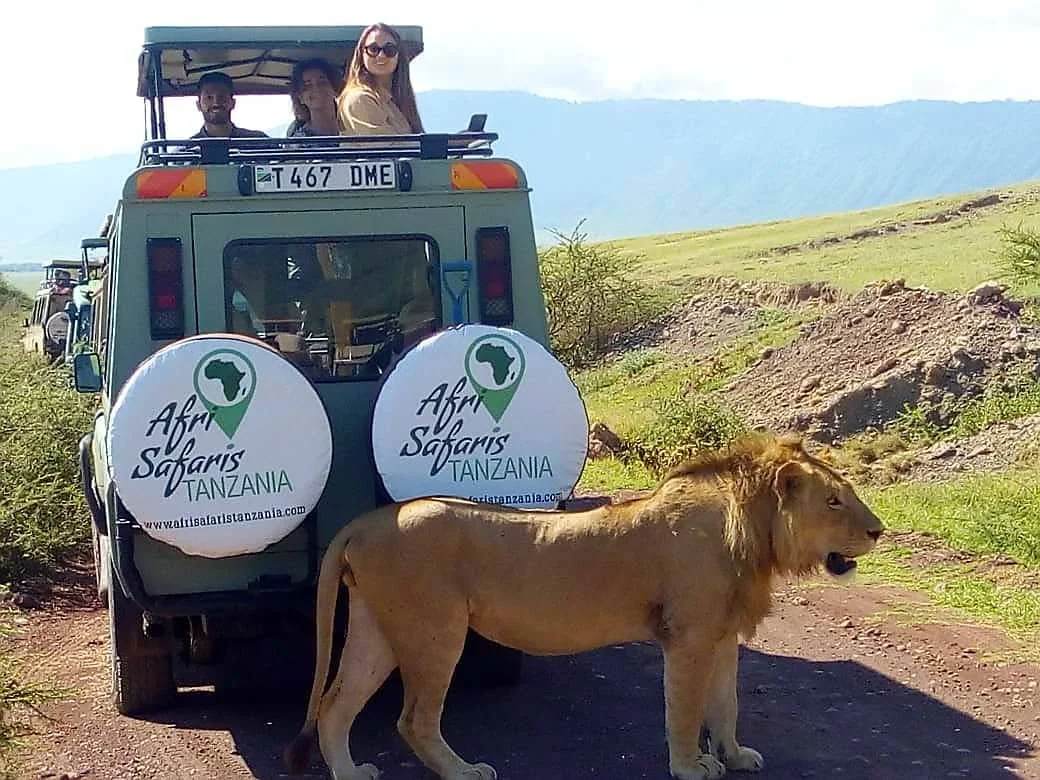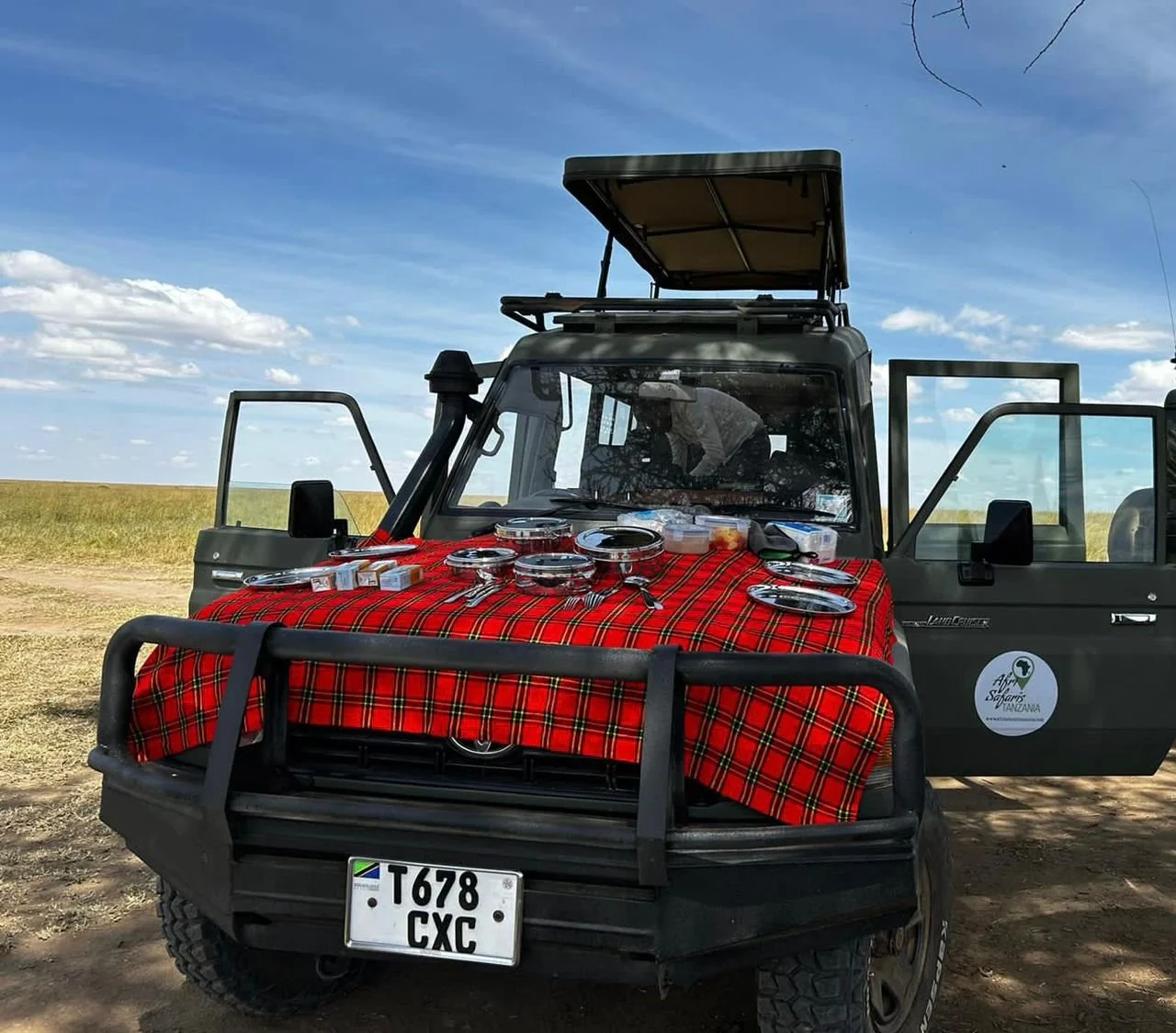
ARE YOU PLANNING YOUR FIRST SAFARI?
REACH OUT TO US, AND ALLOW US TO CREATE A PERSONALIZED AND UNFORGETTABLE EXPERIENCE TAILORED JUST FOR YOU.

Our expert team is here to ensure that your first safari is nothing short of extraordinary, crafting an itinerary that perfectly matches your preferences and creating memories that will last a lifetime.
Get in touch with us today to begin your safari journey of a lifetime.
With our international team, we organize tailor-made safaris for you with exclusive private services and daily departures; the itineraries may vary with the number of days and the type of accommodation according to your wishes and your budget.
On top of that, we can add the perfect beach holiday on the coast of mainland Tanzania or throughout the marvelous islands of Zanzibar, and Pemba.
Our philosophy is to satisfy your every little request by organizing the perfect safari for you and with you!
All the itineraries offered by YUME Tanzania have been created by direct experience on the field that our team has accumulated over years of work; all the accommodations, from the simplest to the most luxurious, are chosen not only for their level of comfort but also and above all for the position within the perfect itinerary for you. Make the most of your days of travel inside the Tanzania National Parks with a made–to–measure personal itinerary created by YUME for you.
DISCOVER TANZANIA
The name "Tanzania" is a word born from the merger of "Tanganyika" and "Zanzibar"; it was adopted when the two countries joined in 1964. Tanzania has 59.09 million inhabitants and has a surface area of 945,087 square kilometers, three times larger than Italy. Dar es Salaam is the largest city and was the capital until the seventies, the new capital is Dodoma, located in the center of the country. In the country more than 120 ethnic groups live together, each ethnic group has its own language, but the national language is Swahili.
Tanzania has 17 national parks and 6 UNESCO World Heritage sites including the Kilimanjaro National Park and the Serengeti, the Ngorongoro Conservation Area and the historic town of Stone Town in Zanzibar.
Tanzania is predominantly mountainous in the north-east, where Kilimanjaro (5.895 mt s.l.m.) is the highest peak in Africa. In the same region there is also Mount Meru, which dominates the city of Arusha from which the safari expeditions leave. The central part of the country conforms like a vast plateau, with plains and areas suitable for agriculture. In the north and west lies the Great Lakes region, including Lake Victoria (the largest in Africa) and Lake Tanganyika (the deepest in Africa). Another lake is the Natron, characterized by salt water and located in the Rift Valley, near the border with Kenya. Tanzania has many large, ecologically significant nature parks, including the famous Ngorongoro, the Serengeti National Park in the north, the Selous Game Reserve and the Mikumi National Park in the south; the Gombe National Park to the west is known for studies by Dr. Jane Goodall on the behavior of chimpanzees.
The island of Zanzibar is an island of Tanzania, located in the Indian Ocean, along with Pemba and Mafia belongs to a group of islands sometimes referred to as the "spice islands"
The climate
Tanzania is located a few degrees below the equator, but being between the two tropics it enjoys a tropical climate, influenced above all by the altitude. In general, highland areas (such as the Ngorongoro conservation area) and mountain areas (eg Kilimanjaro) enjoy lower average temperatures and lower humidity than plains, areas coastal areas and islands (eg Zanzibar and Pemba). You can visit the village and make beautiful safaris almost all year long. The seasons in Tanzania are mainly divided into the long rainy season (from late March to late May) and the short rainy season (during the month of November). The remaining months are the so-called dry season in which it hardly rains, indicatively from mid/late May to late October and from December to April.
In general, dry and rainy seasons alternate during the year as follows:
Short dry season: from December to the end of March. It is the season characterized by higher temperatures and some pleasant precipitation from time to time.
• Long dry season: from June to late October or mid-November. It is the driest season ever. The temperatures are "cooler" and the Kusi, the wind that comes from the South, generally blows on the coasts.
• Long rainy season (also called Masika in Kiswahili): from April to the end of May (as it is monsoons, it is difficult to identify a precise period, therefore you can consider the peak during the month of April, with possible advance to March or extension in May). It is the season characterized by large showers, especially in the afternoon.
• Short rainy season: (also called Mvuli in Kiswahil): during the month of November. It is the season characterized by weak and infrequent showers.
It is also useful to know that the rainy seasons can be one or two, depending on the area of the country where you are.






